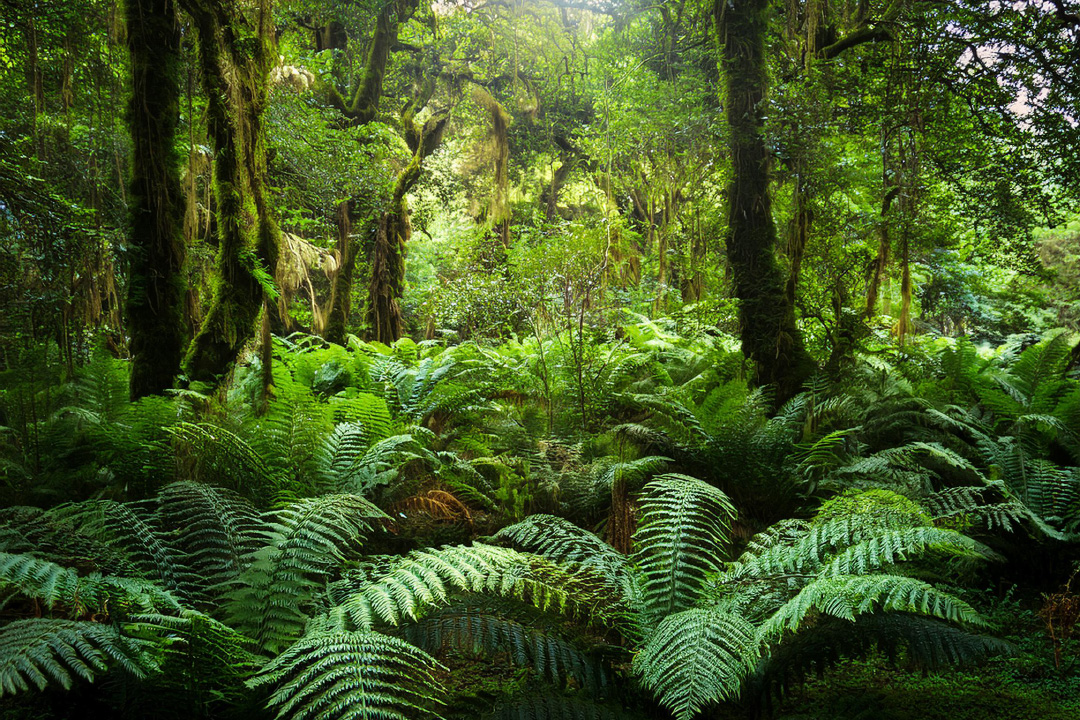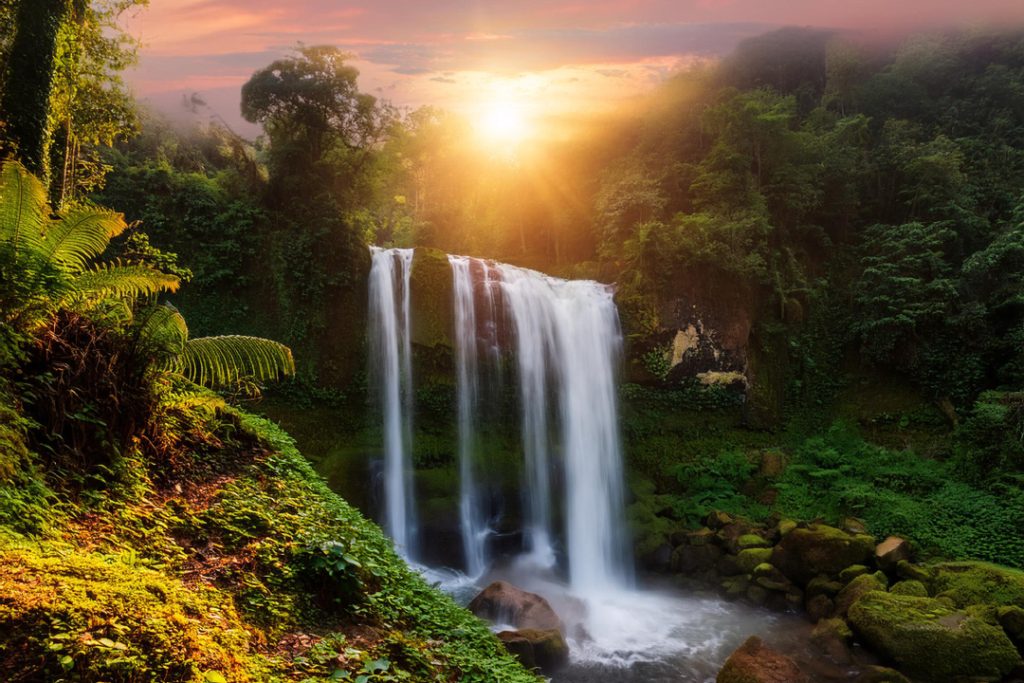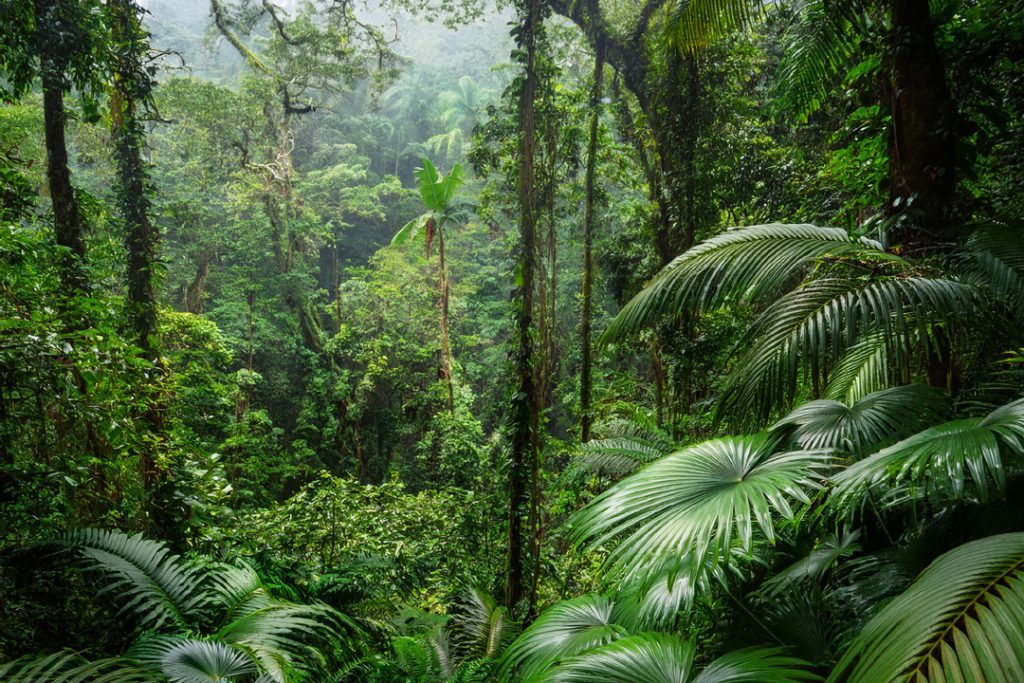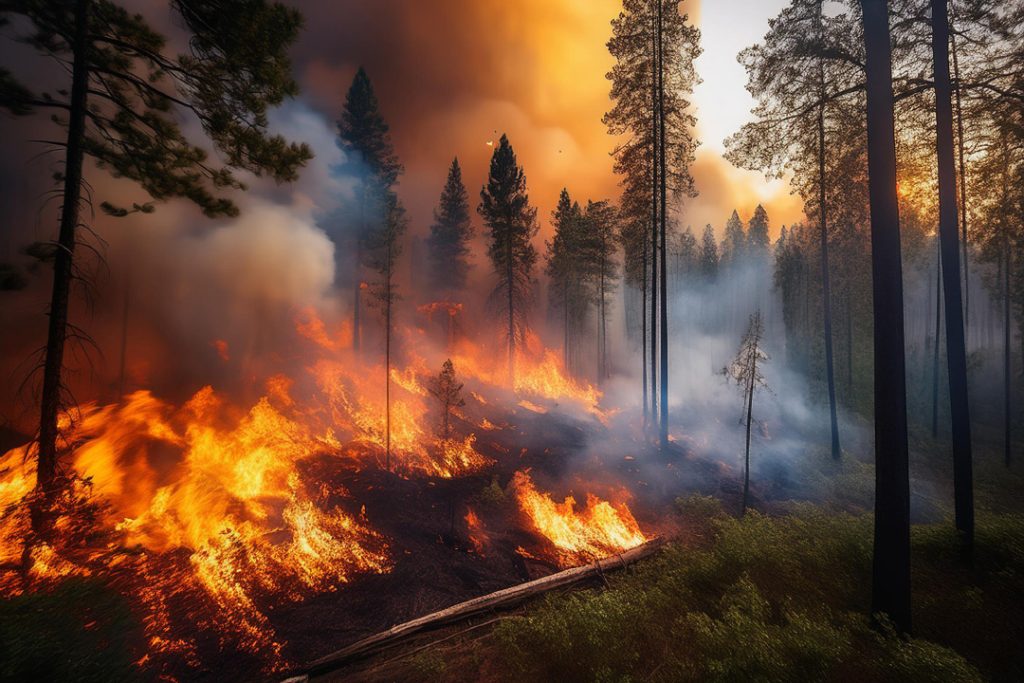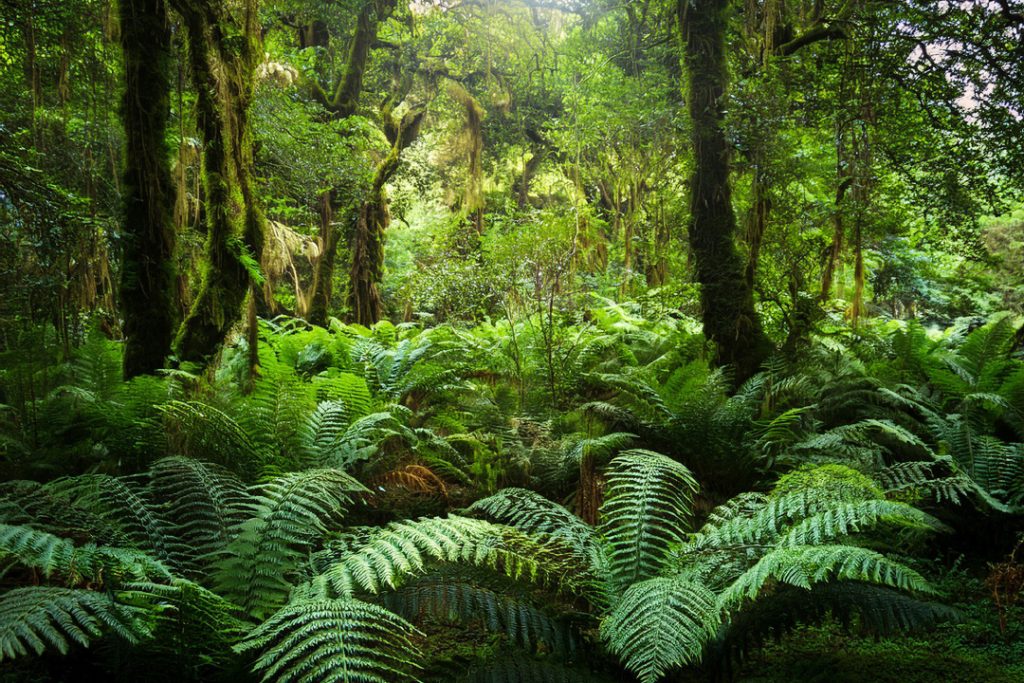Planting native trees plays a crucial role in restoring ecosystems, supporting local biodiversity, and counteracting the effects of deforestation and land degradation. This blog post covers the essentials of planting native trees: selecting suitable species, understanding the ideal planting environment, and implementing effective planting techniques. Here’s a guide to get you started.
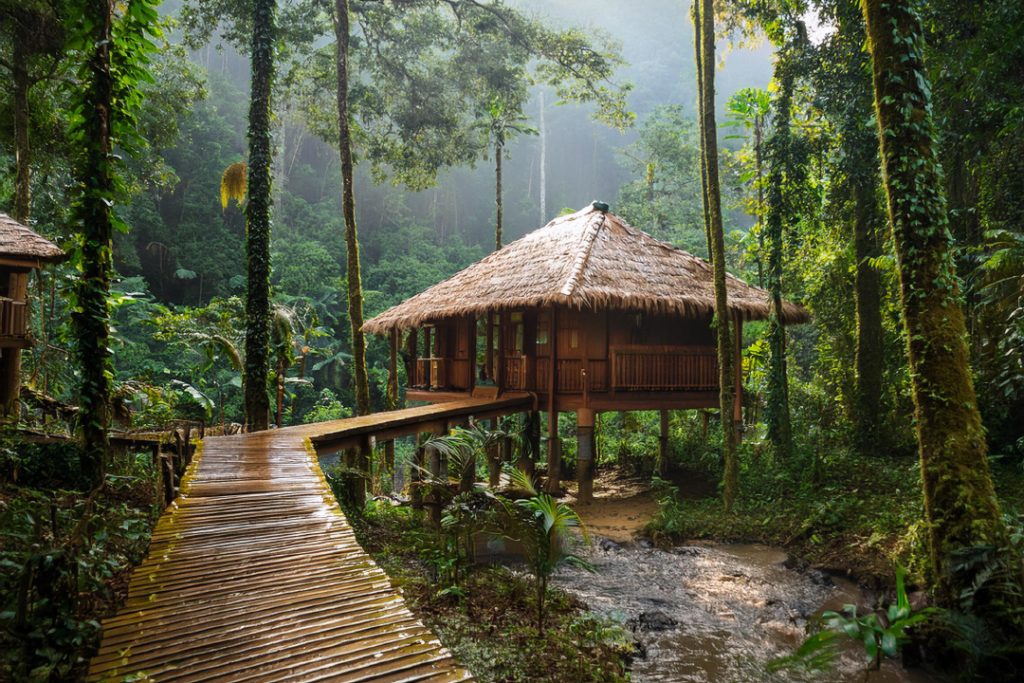
Why Plant Native Trees?
Native trees are inherently adapted to the local climate, soil, and water conditions. They support wildlife by providing food and shelter for native animals, birds, and insects. Planting native trees enhances ecosystem resilience and biodiversity, creating a more balanced environment that’s better equipped to handle climate variations, pests, and diseases.
Step 1: Select the Right Native Trees
- Research Local Species
Native tree species vary widely by region. Start by consulting with local ecological groups, forestry departments, or online resources focused on local biodiversity. Native tree nurseries or botanical gardens are also valuable resources for learning about native plants in your area. - Assess Environmental Needs
Consider the climate, soil type, sunlight, and water availability of the planting site. Some native trees thrive in wetland areas, while others are suited for drier, more arid locations. An incorrect match can lead to a failed planting project. - Diversity is Key
Plant a mix of native species to mimic the diversity of a natural forest. This helps create a more resilient and adaptable ecosystem, as different species fulfill various ecological roles.
Step 2: Choose the Right Planting Location
When restoring ecosystems, choose a site with good ecological potential:
- Riparian Zones
Areas near rivers, streams, or lakes benefit greatly from native trees. Riparian zones are crucial habitats for biodiversity and help control erosion, filter pollutants, and stabilize banks. - Previously Degraded Land
Old agricultural fields, logged areas, or eroded land can benefit from replanting. Planting native trees can initiate soil restoration, prevent erosion, and improve overall ecosystem quality. - Urban and Suburban Spaces
Even small green spaces in urban areas can significantly impact local biodiversity. Trees in parks, along sidewalks, and in residential areas create urban forests, which offer shade, reduce pollution, and provide habitat for city-dwelling wildlife. - Grasslands and Prairie Edges
Planting native trees in areas on the edges of grasslands can enhance biodiversity without compromising the native prairie ecosystem. Select species that won’t spread aggressively or shade out native grasses.
Step 3: Planting Techniques for Optimal Growth
- Prepare the Soil
Test soil pH and nutrient content to ensure optimal conditions. Amend the soil if necessary, especially in degraded areas. However, avoid over-amendment, as native trees often thrive in poor soils. - Spacing and Placement
Proper tree spacing allows for natural growth and reduces competition for light, water, and nutrients. Check the mature size of each species to determine appropriate spacing. - Mulching and Watering
Mulch around the base of newly planted trees to retain soil moisture and regulate temperature. For the first few years, water consistently, especially in dry periods, to establish healthy roots. - Maintenance and Monitoring
Regularly monitor the trees for signs of disease, pests, or inadequate growth. Remove any invasive species that may compete with young trees, and consider light pruning to encourage growth in the right direction.
Additional Resources for Ecosystem Restoration
Here are some excellent resources to help deepen your understanding and guide you on this journey:
- Society for Ecological Restoration
An international organization dedicated to advancing restoration science and practice. Their resources cover everything from restoration techniques to planning and implementation for diverse ecosystems. - The Nature Conservancy: Plant a Billion Trees
This campaign by The Nature Conservancy aims to restore forests around the globe by planting native trees. Their website offers insights on the importance of native reforestation and ways to get involved. - Arbor Day Foundation
This foundation provides extensive resources on tree planting, care, and species selection, with specific recommendations for native trees by U.S. state. - National Wildlife Federation: Native Plant Finder
This tool helps you find local native plants, including trees, by entering your zip code. The site also includes resources on creating wildlife-friendly habitats. - USDA Forest Service Reforestation Hub The USDA Forest Service offers a wealth of information on ecosystem restoration, forest care, and reforestation projects specific to various U.S. regions.
Restoring an ecosystem with native trees is a rewarding project that has long-lasting effects on biodiversity, environmental health, and climate resilience. By choosing the right species, planting in appropriate locations, and maintaining healthy growth, you can contribute to the recovery of degraded ecosystems and help restore balance to the natural world. Whether you’re working on a small community project or a large-scale reforestation effort, each tree planted brings us one step closer to a more sustainable future.
Here some recommended links selected for you: The Best Books of the Month, Todays best Deals at Amazon, Best Sellers in Cell Phones & Accessories and last but not least the easy and great way to send a gift for the holidays: Amazon.com eGift Card (Instant Email or Text Delivery).

